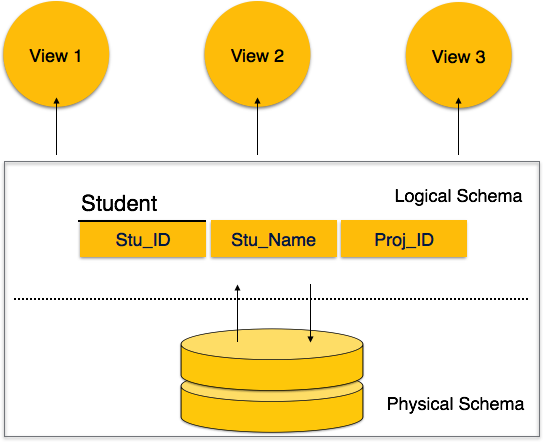Understanding Database Schemas: A Blueprint for Data Organization
Learn about the essential concept of database schemas, which define the logical structure of a database. Explore the different types of schemas, including conceptual, logical, and physical schemas, and understand their role in database design and implementation.
DBMS - Data Schemas
A database schema serves as the skeleton structure representing the logical view of the entire database. It defines how data is organized and the relationships among them, outlining all the constraints that apply to the data.
The schema specifies the entities within the database and their interrelations. It provides detailed descriptions of the database, which can be illustrated using schema diagrams. Database designers create the schema to aid programmers in understanding the database and utilizing it effectively.

Types of Database Schemas
A database schema can be broadly categorized into two main types:
- Physical Database Schema: This schema pertains to the actual storage of data and its format, such as files, indices, etc. It defines how data will be stored in secondary storage.
- Logical Database Schema: This schema defines the logical constraints that need to be applied to the stored data. It specifies the tables, views, and integrity constraints.
Database Instance
It is essential to distinguish between the terms "database schema" and "database instance." The database schema is the foundation of the database and is designed before the database exists. Once operational, making changes to the schema can be quite challenging. Notably, a database schema does not contain any data or information.
In contrast, a database instance refers to a specific state of an operational database at any given moment, complete with data. It represents a snapshot of the database, and these instances can change over time. A DBMS ensures that each instance is valid by strictly adhering to the validations, constraints, and conditions established by database designers.